Tribe Alpinieae Rank Species | Subfamily Alpinioideae Higher classification Alpinia | |
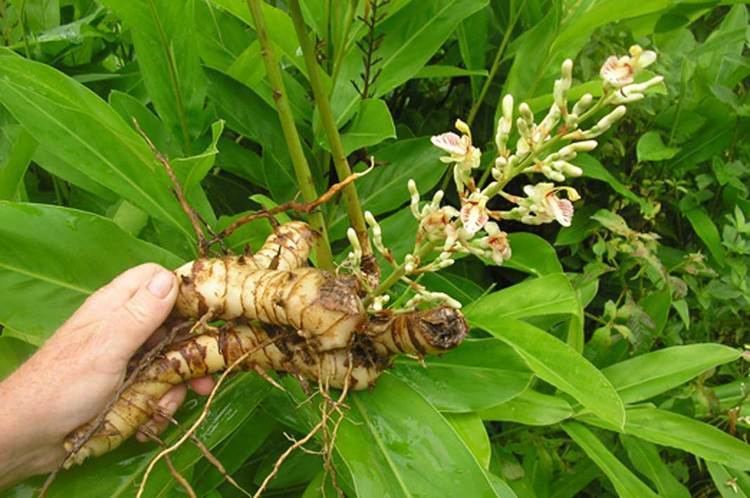 | ||
Similar Kaffir lime, Bumbu, Candlenut, Water, Shallot | ||
How to grow the greater galangal alpinia galanga
Alpinia galanga, (also Languas galanga), a plant in the ginger family, is an herb used in cooking, especially in Indonesian and Thai cuisines. It is one of four plants known as galangal and is differentiated from the others with the common name greater galangal (or simply Thai galangal). The galangals are also called blue ginger or Thai ginger.
Contents
- How to grow the greater galangal alpinia galanga
- Herbal medicine alpinia galanga natural remedy for rheumatic ailments
- Description
- Culinary uses
- Traditional medicine
- Potential pharmacology
- Chemical constituents
- References
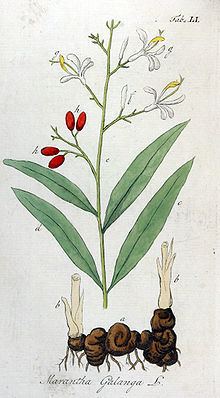
A. galanga is called laos in Indonesian and is the most common form of Galangal used in cooking. It is also known as lengkuas and galanga root. In the Philippines, it is known as langkawas. In Manipuri, it is known as kanghu. In Myanmar, it is called pa de kaw (ပတဲေကာ). In Cambodia, it is called romdeng (រំដេង).
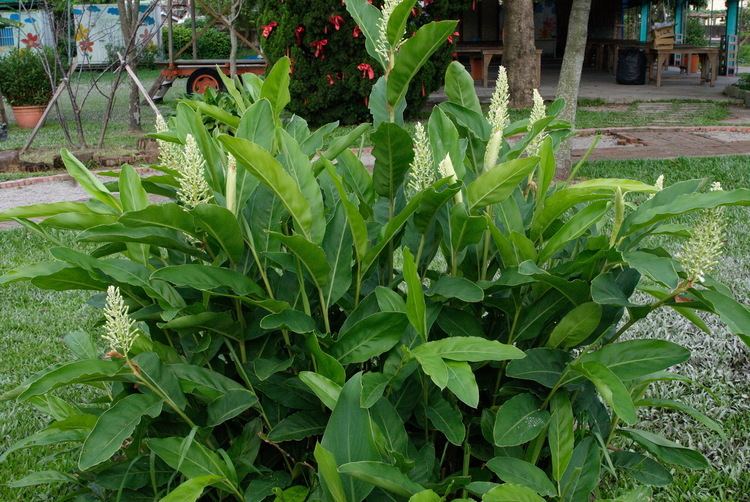
Herbal medicine alpinia galanga natural remedy for rheumatic ailments
Description
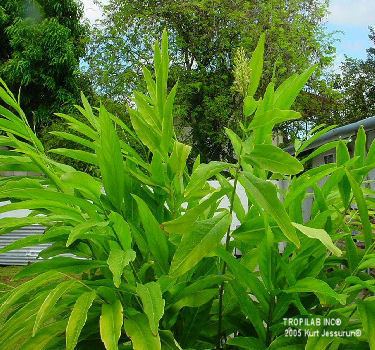
The plant grows from rhizomes in clumps of stiff stalks up to 2 m in height with abundant long leaves that bear red fruit. It is native to South Asia and Indonesia and cultivated in Malaysia, Laos, and Thailand. A. galanga is the galangal used most often in cookery. The robust rhizome has a sharp, sweet taste and smells like a blend of black pepper and pine needles. The red fruit is used in traditional Chinese medicine and has a flavor similar to cardamom.
Culinary uses
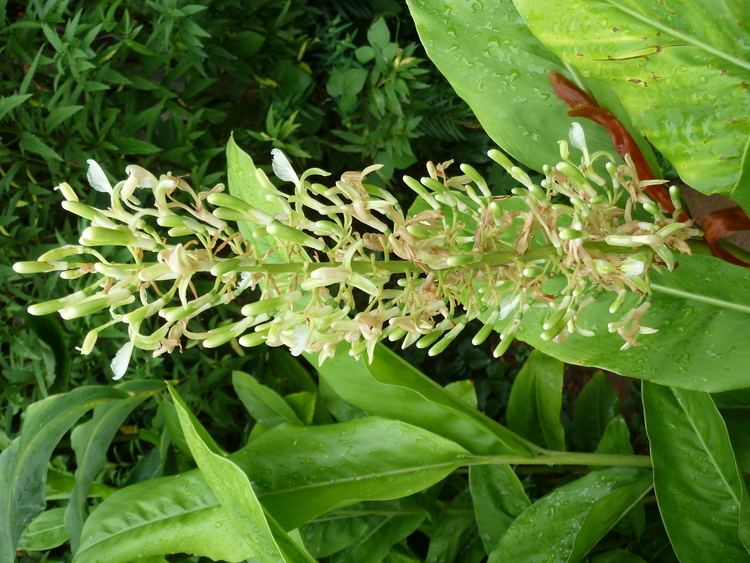
The rhizome is a common ingredient in Thai curries and soups, where it is used fresh in chunks or cut into thin slices, mashed and mixed into curry paste. Indonesian rendang is usually spiced with galangal.
Traditional medicine
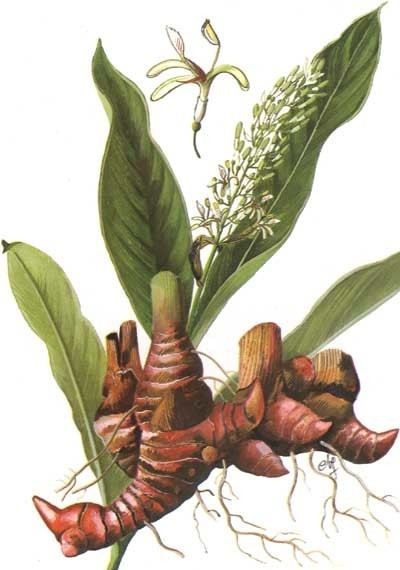
Under the names 'chewing John', 'little John to chew', and 'court case root', it is used in African American folk medicine and hoodoo folk magic. Ayurveda considers A. galanga (Sanskrit:-rasna) as a Vata Shamana drug. Known as பேரரத்தை (perarathai) in Tamil, this form of ginger is used with licorice root, called in Tamil athi-mathuram (Glycyrrhiza glabra) as folk medicine for colds and sore throats.
Potential pharmacology
The rhizome has been shown to have weak antimalarial activity in mice.
Chemical constituents
A. galanga rhizome contains the flavonol galangin.
